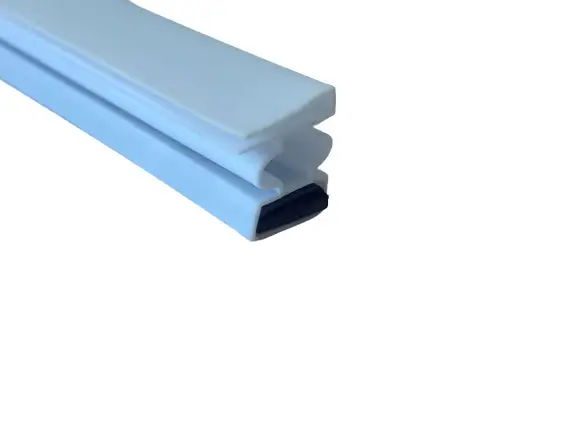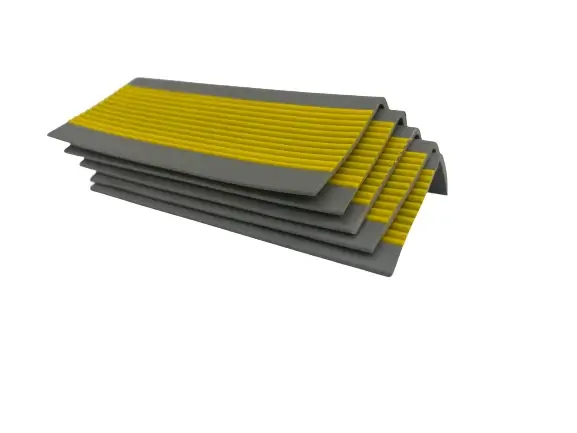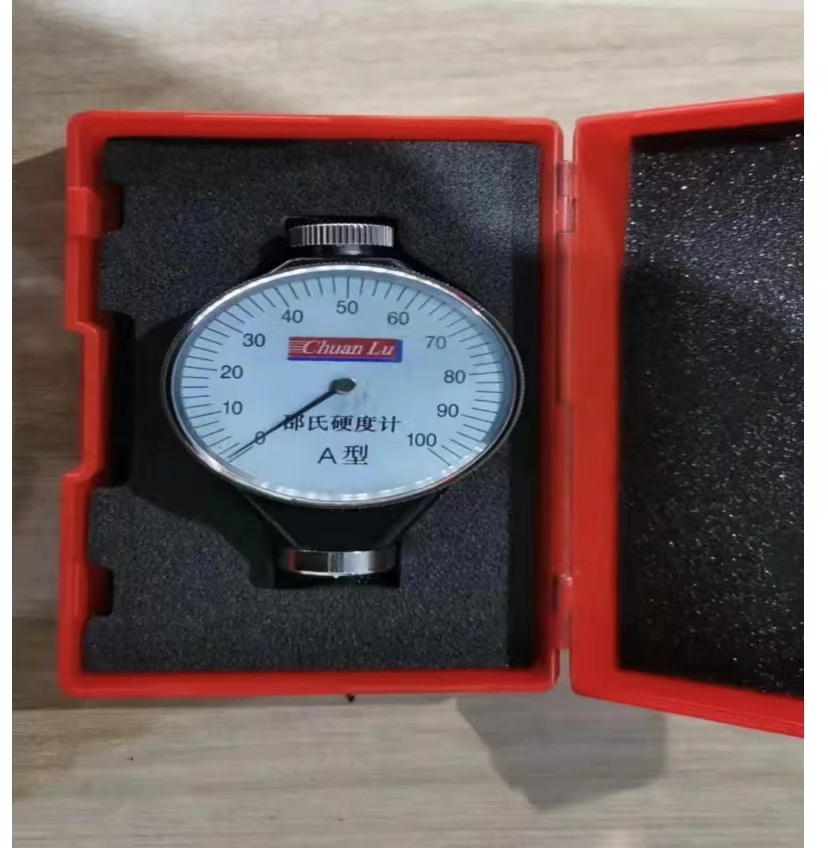Home sealing strip
A Home Sealing Strip is a flexible material designed to fill gaps and crevices around doors, windows, and other openings in a home to prevent air and moisture infiltration. These strips are typically made from materials like rubber, foam, or silicone, and they come in various shapes and sizes to accommodate different applications. The primary purpose of home sealing strips is to enhance energy efficiency by reducing drafts, which can lead to increased heating and cooling costs.
In addition to energy efficiency, sealing strips also serve as a barrier against dust, noise, and pests. By closing gaps, they help maintain a more comfortable indoor environment and can contribute to improved indoor air quality. Home sealing strips are commonly used in residential settings but can also be effective in commercial spaces.
Installation is usually straightforward and can often be done by homeowners themselves. Many sealing strips come with adhesive backing, making it easy to apply them to clean surfaces. The versatility of home sealing strips allows them to be used in various locations, such as on exterior doors, windows, garage doors, and even around vents or electrical outlets. Overall, home sealing strips are a simple yet effective solution for improving energy efficiency and comfort in any home.
What Are The Advantages Of Using Home Sealing Strips?
Using Home Sealing Strips offers several advantages that can significantly enhance a home’s comfort and energy efficiency. One of the primary benefits is their ability to reduce air leakage. By sealing gaps and cracks around doors and windows, these strips help prevent drafts, keeping indoor spaces warmer in winter and cooler in summer. This reduction in air leakage can lead to lower energy bills, as heating and cooling systems don’t have to work as hard to maintain comfortable temperatures.
Another significant advantage is improved indoor air quality. Home sealing strips help keep out dust, allergens, and pollutants from entering the home, contributing to a healthier living environment. By minimizing the entry of outside air, they also help reduce the chances of moisture infiltration, which can lead to mold and mildew growth.
Home sealing strips are also cost-effective solutions. Their relatively low price compared to potential energy savings makes them an attractive investment for homeowners. Furthermore, installation is typically easy and can often be done without professional help, making it accessible for DIY enthusiasts.
Additionally, sealing strips can enhance comfort by reducing noise transmission from outside. This feature is particularly beneficial for homes located near busy streets or noisy environments. Overall, the combination of energy efficiency, improved air quality, cost savings, and increased comfort makes Home Sealing Strips a valuable addition to any home.
How Do You Choose The Right Home Sealing Strip For Your Needs?
Choosing the right Home Sealing Strip involves considering several key factors to ensure optimal performance and effectiveness. First, it’s essential to assess the specific areas you need to seal. Different applications may require different types of sealing strips, such as those designed for doors, windows, or garage doors. For example, heavier-duty strips may be necessary for exterior doors, while lighter options may suffice for interior applications.
Next, consider the material of the sealing strip. Common materials include foam, rubber, and silicone, each with unique properties. Foam strips are lightweight and easy to install but may not be as durable as rubber or silicone. Rubber sealing strips provide excellent weather resistance and longevity, making them suitable for outdoor use. Silicone strips offer flexibility and can withstand extreme temperatures, making them ideal for varying climates.
Additionally, measure the gaps you intend to seal. Different sealing strips come in various widths and thicknesses, so selecting one that fits snugly in the gaps is crucial for effective sealing. Some strips come with adhesive backing for easy installation, while others may require screws or clips.
Finally, consider the environmental conditions in your area. If you live in a region with extreme temperatures or humidity, choose a sealing strip designed to withstand those conditions. Overall, taking the time to evaluate these factors will help you select the most appropriate Home Sealing Strip for your needs.





















